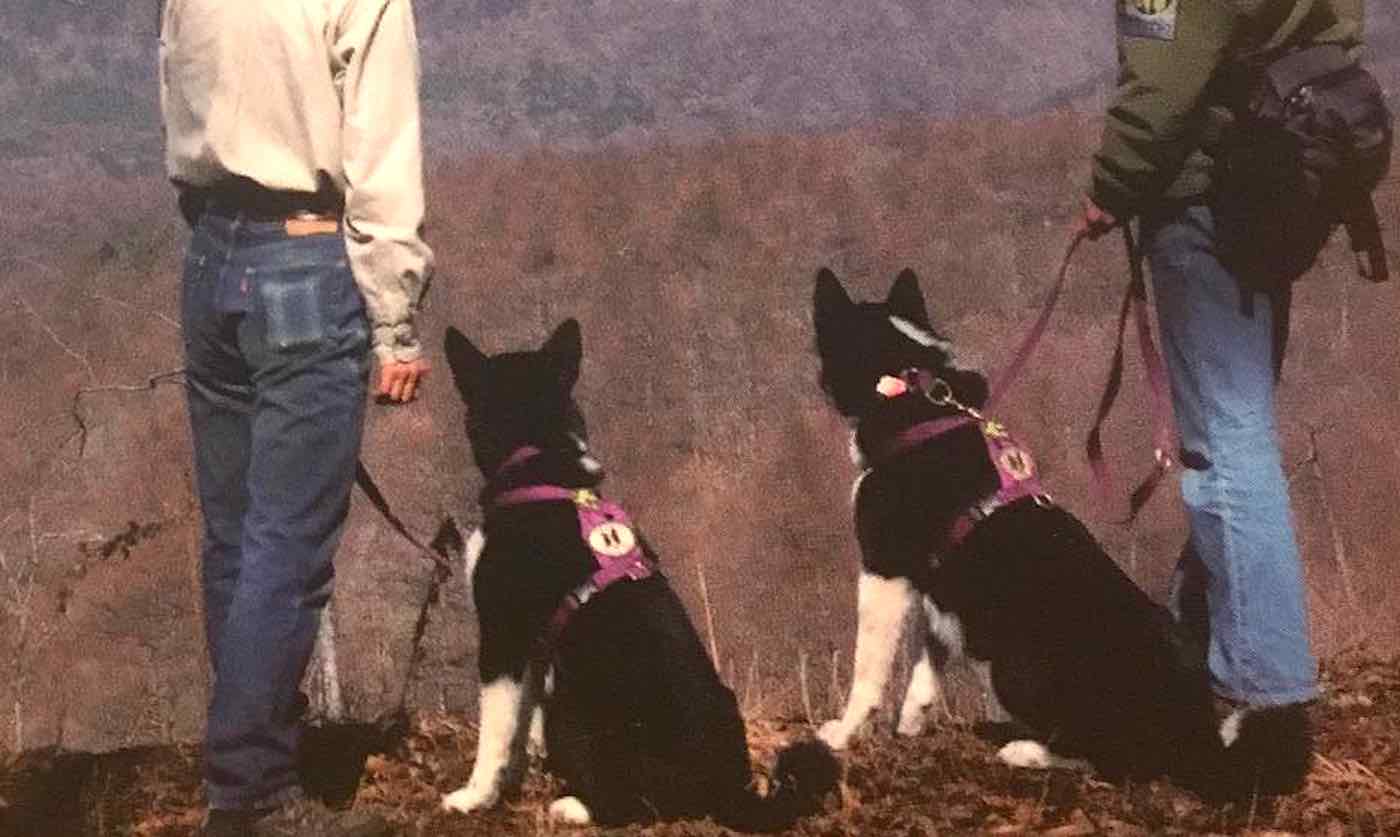If a wild bear is shown to display risky behavior towards people or property, animal control officers have historically had two ways of handling it: either relocate the bear or euthanize it.
Thankfully, wildlife specialists have come up with an efficient, non-lethal third option.
As a means of protecting both people and bears, these Karelian bear dogs have been trained to act as “bear shepherds” in high-risk areas.
LOOK: Thousands Are Rejoicing Over Photos of a Chubby Rat’s Rescue From a Manhole Cover
The fearless canine breed first became officially employed by wildlife rangers back in the 90s when researchers started exploring alternative options for bear control. Though catch and release was favored for its non-violent approach against troublesome bears, the relocated mammals would often return to their original places of capture, sometimes within a matter of days, even after being transported hundreds of miles away.
Bears will often return to populated urban areas because it can smell human food that can be dug out of the trash. This often results in aggressive behavior towards humans, which will generally lead to the bears being captured and euthanized.
Rather than risk harming the bears or allowing them to return to populated areas, wildlife biologists started exploring the possibility of using Karelian bear dogs to scare the problematic predators away from areas inhabited by humans.
RELATED: Park Rangers Delighted to Find Elephant Seals Reclaimed Beach During Government Shutdown
Ever since animal control specialists started training the dogs at the Wind River Bear Institute in Montana, the canines have reportedly been employed at dozens of national parks in America, Canada, and even Japan.
The Karelians were chosen as the dog breed of choice for minimizing human-bear conflict because of their biological skillset, which includes speed, strength, resilience, and fearlessness towards larger animals.
“When that bear stops and turns on the dogs, most dogs are going to turn tail and run home, with a bear following behind it,” human-bear conflict expert Heather Reich told Mental Floss. “The Karelians stand their ground and let the bear know they aren’t going anywhere.”
Since Karelians have been shown to instill a sense of fear and aversion amongst problematic bears, they are much less likely to return to populated areas.
Wildlife biologist Rich Beausoleil, who works with eight different Karelians at the Washington wildlife department, told National Geographic: “I am confident saying that thousands of bears have been spared the bullet using this nonlethal technique.”
By minimizing the amount of bear-related violent conflict, this animal control method also reduces the amount of opposition and prejudice against wildlife conservation measures that are used to protect endangered species in parks and rural areas.
CHECK OUT: Hundreds of People Are Saving Feral Felines From Death in NYC By Adopting Them as ‘Worker Cats’
Carrie Hunt, the founder of the Wild River Bear institute, says that even though she will soon be stepping down from her position at the facility and passing management onto her successor, she plans to continue training Karelians so they can be used by other wildlife control agencies – and she’s very proud of the legacy she’s leaving behind.
“I’m going to try to expand the use of these dogs into new areas that have bear problems like the east coast of the United States,” she told Nat Geo. “I had this dream, and it became a reality because I never gave up. It was in my DNA to want to communicate with dogs and bears and work to help them.”
Become A Bearer Of Good News By Sharing The Story With Your Friends On Social Media – Photo by Wild River Bear Institute




















